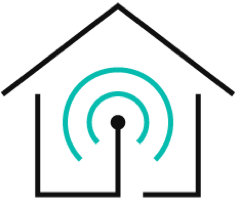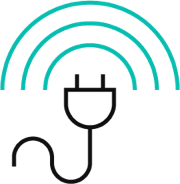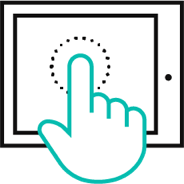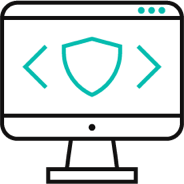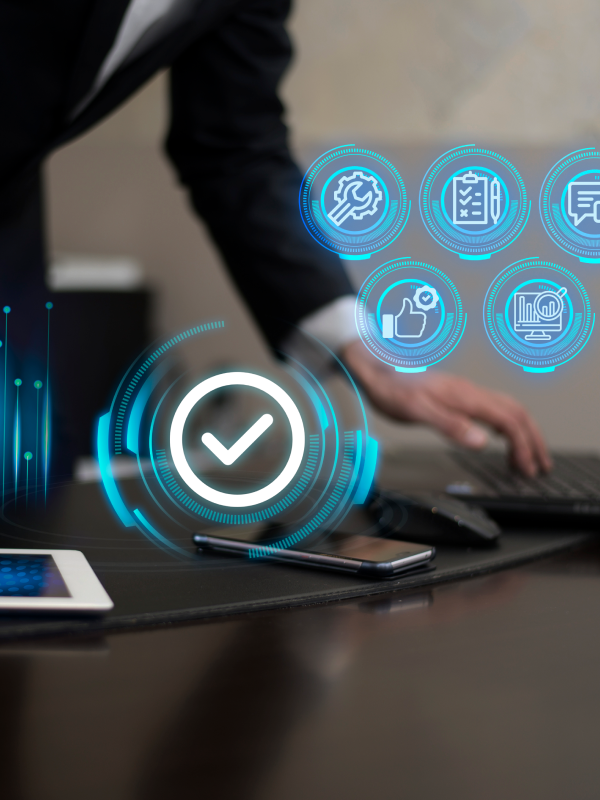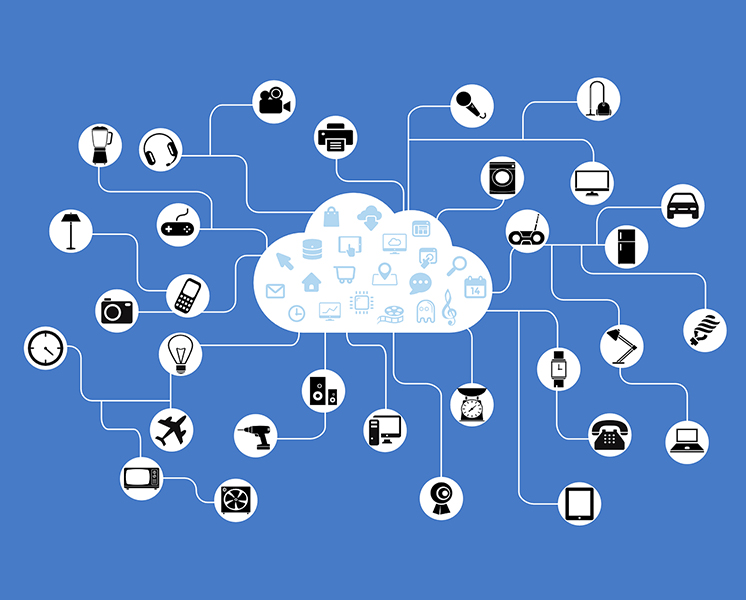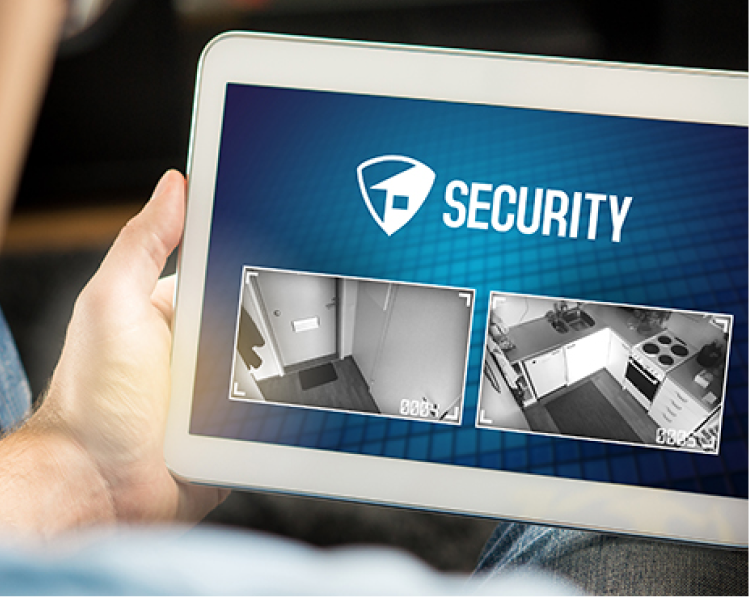Imagine a scenario where you can remotely monitor and control your smart home devices. You enjoy full command over your thermostat, guaranteeing a comfortable temperature upon arrival, while your security cameras diligently monitor your property. This flawless connectivity is facilitated by the orchestration of your devices through the Internet of Things (IoT). Now you must be wondering what is device management in IoT?
It's a transformative technology that interconnects devices, enabling them to communicate and share data. The benefits of device management in IoT extend beyond mere connectivity, offering streamlined operations, enhanced security, and efficient troubleshooting. This ensures a seamless and reliable user experience in the interconnected realm of smart devices.
Let's discuss more about what is device management in IoT and its key features!
- Understanding IoT Device Management
- Key Features of IoT Device Management
- Managing IoT Devices in Smart Home
- Importance of IoT Management in Device Monitoring
- Introduction to EVVR Center Lite
Understanding IoT Device Management
Before going into what is device management in IoT, let's first discuss what's IoT.
The Internet of Things (IoT) refers to the interconnected network of physical devices and appliances embedded with sensors, software, and network connectivity.
What is device management in IoT? It's a comprehensive set of processes employed to monitor, configure, update, and maintain the interconnected devices within an Internet of Things ecosystem. It's a critical aspect that ensures the smooth operation of devices and facilitates communication between them.
This allows for remote control and optimization, ultimately enhancing efficiency, security, and overall functionality in the interconnected world of IoT. Looking at these benefits, the IoT market is expanding quickly and is projected to reach around USD 2,703.52 billion by 2032.
Key Features of IoT Device Management
After learning about what is device management in IoT, here are some key features of IoT device management:
Device Onboarding
The first key feature of IoT device management is device onboarding. It's activating a device for the first time and then onboarding or integrating it into your IoT ecosystem. Various steps are a part of this, including credential verification, the establishment of authentication protocols, the assignment of a unique device identity, and more.
Device Configuration
Device configuration involves setting up and customizing various parameters and settings on IoT devices. You must configure every smart device to ensure the concerned device functions per your requirements.
Device Monitoring
Device monitoring is the real-time observation of device performance, status, and behavior within the IoT network. You can use the provided data to identify issues beforehand and respond promptly. This enhances reliability and efficiency, ensuring your devices stay efficient and optimal.
Device Security
Around 500 billion devices are expected to be internet-connected by 2030. This enhanced popularity and convenience also bring challenges and security issues, necessitating device security. The device security feature in IoT device management involves implementing measures to protect IoT devices from unauthorized access, data breaches, and cyber threats.
Device Maintenance
Device maintenance encompasses updating firmware, troubleshooting, and addressing performance issues to ensure devices operate optimally. It sustains IoT devices' long-term health and functionality, preventing obsolescence and maximizing their lifecycle.
Device Retirement
Device retirement is a key feature in IoT device management that addresses the end-of-life phase for devices within the ecosystem. It facilitates the systematic and secure decommissioning of devices that have reached the end of their operational lifespan or are no longer needed.
Managing IoT Devices in Smart Home
Now that you know what is device management in IoT, it's time to explore how you can manage IoT devices in a smart home:
1. Mobile App
Multiple mobile apps are available for smart home devices. These apps often provide user-friendly interfaces to monitor and manage all your devices. You receive real-time notifications and analytics, providing you with a glimpse into the performance of your home devices, ensuring their efficiency.
In addition, mobile applications play a crucial role in safeguarding the security of devices exposed to risks through constant network connectivity. These apps commonly integrate an authentication mechanism to verify the user's identity before granting access to the device.
2. Web Application
Web applications are another way to access your smart devices in the IoT ecosystem. They eliminate the need to install or download an app on your device and operate smoothly on any browser, irrespective of the operating system.
This simplifies the user experience by eliminating installation steps. It also ensures compatibility across different platforms for efficient smart home technology management.
3. Home Assistant
Home Assistant stands out as an open-source, centralized smart home management system. This platform facilitates the integration and control of diverse IoT devices within a unified framework.
Users benefit from a cohesive smart home experience, as home assistants bring together different devices under a single, user-friendly umbrella. Home assistants also allow you to control and manage your devices via voice commands like Alexa, Siri, etc.
Challenges Associated with IoT Device Deployment and Management
What is device management in IoT? It's a modern technology allowing your devices to communicate, but setting up and managing your devices comes with some challenges.
Here are some:
- Hardware Unavailability: A notable challenge in IoT device management and deployment is the potential unavailability of compatible hardware due to high demand. This can impede the seamless integration of devices into the IoT ecosystem, causing delays and limitations in deploying robust solutions.
- Requires High Talent and Knowledge Development: Another challenge arises from the demand for skilled professionals with expertise in IoT device management and deployment. The scarcity of qualified talent can slow down the implementation process, limiting the overall potential of the IoT ecosystem.
- Expensive: The cost associated with IoT device management and deployment poses a significant challenge. High expenses may act as a barrier for organizations and homeowners seeking to adopt IoT solutions, restricting the widespread implementation of these technologies.
Importance of IoT Management in Device Monitoring
All done with learning what is device management in IoT? Let's dig into the importance of IoT management in device monitoring!
Enhanced Security
The incorporation of IoT device monitoring contributes to enhanced security by continuously assessing and identifying potential vulnerabilities. You benefit from a secure environment as this proactive approach allows for the timely detection of security threats. By responding promptly to these threats, you can safeguard sensitive data, maintain user trust, and protect your entire IoT network from potential cyberattacks.
Optimized Performance
Another benefit of IoT management for device monitoring is the optimized performance. Continuous monitoring through IoT ensures that your devices consistently deliver optimal performance. With the ability to find out and address performance bottlenecks, you can maximize the functionality of your devices. This optimization translates into improved productivity, reduced energy consumption, and overall enhanced performance of your IoT ecosystem.
Predictive Maintenance
Embracing IoT for device monitoring empowers you with predictive maintenance capabilities based on data analytics and machine learning. By foreseeing potential issues before they escalate, you can proactively address them, minimizing unexpected device failures. This approach increases the longevity of your devices and leads to cost savings by reducing unplanned maintenance interventions.
Introduction to EVVR Center Lite
EVVR Center Lite is the best platform to manage and monitor your IoT devices.
EVVR Center Lite stands out as the premier platform for efficiently managing and monitoring your IoT devices. Boasting an impressive array of features, this smart home assistant offers a seamless experience in smart home control. With an emphasis on compatibility, EVVR Center Lite allows you to connect your smart devices effortlessly through Zigbee 3.0, Z-Wave Plus, Wi-Fi, or Bluetooth.
Its forward-looking design sets it apart, ensuring compatibility with the evolving Matter standard and providing users with a future-proof smart home experience. The platform excels in integrating Zigbee 3.0 and Z-Wave Plus, offering a comprehensive solution for diverse IoT ecosystems. Privacy takes center stage with EVVR Center Lite, adopting enterprise-class data encryption and a peer-to-peer network connection for local data storage.
EVVR Center Lite introduces the concept of a star network with central control for expansive control and flexibility. Adding more EVVR controllers as connection bridges allows users to create a star network that facilitates centralized management, which is particularly beneficial for commercial spaces or larger homes. This innovative approach extends the smart home control range while maintaining exclusive flexibility and stability.
Key Features
- Seamless Compatibility: Connect smart devices via Zigbee 3.0, Z-Wave Plus, Wi-Fi, or Bluetooth, ensuring future-proof integration with Matter compatibility.
- Privacy-Centric Local Data Storage: Enterprise-class encryption and local storage eliminate cloud reliance, enhancing privacy and smart home security.
- Star Network with Central Control: Expand control range by adding EVVR controllers as connection bridges, forming a star network with one central controller for centralized management.
- Advanced Web Console: Easily create Zigbee 3.0 or Z-Wave Plus device drivers, develop plug-ins, and manage home automation with a user-friendly interface.
Conclusion
What is device management in IoT? It's an innovative technology that allows data sharing and device communication in your IoT ecosystem. IoT device management offers numerous benefits, like device maintenance, monitoring, and security.
If you are looking for a home assistant to manage your IoT devices, there's no better option than EVVR Center Lite. EVVR also offers other smart home products like EVVR Energy Monitoring Smart Plug and Relay, EVVR Pad S, EVVR In-Wall Relay Switch, etc. Contact us today and take your home automation to the next level.

